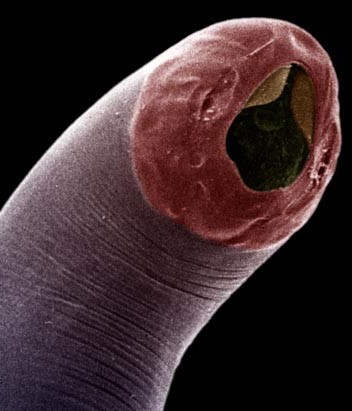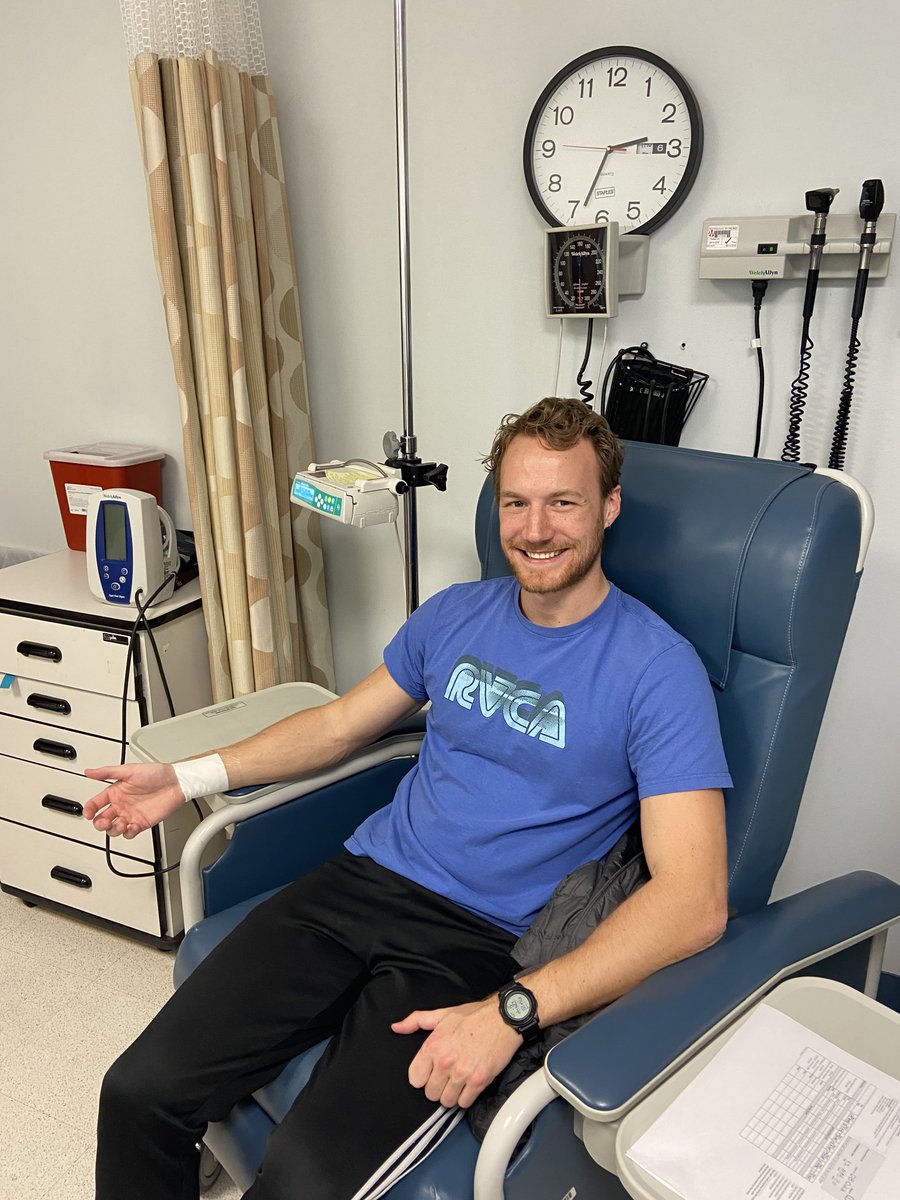
Here's a thread on how I make scientific illustrations for describing new species of invertebrates #sciencetwitter #art #science #illustration #taxonomy #teaminvert
My favorite way to learn a new group of inverts is to describe & draw a new species. You have to do all this research on known species so you learn a lot. Then you do detailed drawings that ensure you learn each structure. Hard to forget something you spent hours drawing
The end result is a series of drawings like this that show important anatomical structures that are used to identify different species #draw #science #art #scienceillustration 

It all starts with a specimen under a #microscope, like this. The #copepod (in this case) has been treated with a chemical clearing agent to make it semi-transparent so structures can be seen more easily. For copepods, I use lactic acid as the clearing agent 

I draw 1 appendage at a time & sometimes need to dissect a 100 micrometer appendage off to be able to see it. Here is an example of a copepod claw (maxilliped) that I am focusing up and down through to see all of it so I can sketch it (just an example not the 1 drawn below)
Next I make a #sketch using a 🔬 attachment called a drawing tube/camera lucida. With this attached you see your hand & pencil INSIDE the microscope when looking at a specimen, which is weird at 1st but you get used to it. You basically trace what you see in the microscope
So the #sketch is really just a 2D tracing of a 3D structure. In the end, my sketch of this copepod leg looked like this, complete with lots of little notes and labels that I left myself to help remember and illustrate things later 

The sketch above was about 8” x 13” for this copepod leg, although I have made some really giant ones so I could capture all the details… Next I scan the #sketch & print it to reduce the size to something manageable so I can trace it with technical pens & ink #penandink 



I use Rotring pens w/ a variety of weights to ink the drawing. Variation in line weights highlights structures & makes the drawing more 3D. Dotted lines show structures below something else. I then touch it up in Photoshop and add things like scale bars #penandink 

I’ve also done fully digital illustrations, but for me, they did not come out as good and tend to look flat, plus I found the process of point and click drawing less enjoyable. A tablet was less accurate for me than pen & paper. Here are some fully #digital #illustrations I made 



For me, the combination that works best is primarily pen & ink, with digital touch-ups to correct mistakes or try out new things. I might try parts of a structure I am drawing for the first time digitally so I can experiment on my pen and ink scan without risking permanent ink
This is one of my favorite #drawings. I did nearly all of it by hand and loved the outcome, but I needed to add the fingerprint-like lines. I knew I couldn’t #draw them perfectly straight and was terrified to ruin a drawing I liked, so I added them digitally 

Its a fun process & I learn a lot. #Drawing is 💯 the best way to learn morphology/anatomy. You think you know a complex 3D structure or organ system until you try to draw it. The interpretation required to make an accurate drawing necessitates you understand it
Scientific illustration is time consuming but I love it. This drawing took 5hrs to make from sketch of specimen to ink & touch ups, and thats one of 15 drawings for this species! Some are simpler & faster tho. I learn new things with each drawing and improve each time. Try it! 

I should mention this is a somewhat dried out & damaged specimen which is why it has air bubbles in it, but it was important for unraveling a 150 year old mystery of Caligus belones, which was described in 1863!
I really appreciate everyone’s positive feedback! I wasn’t sure people would be that interested in this so I was surprised and happy to see all your engagement 😃
• • •
Missing some Tweet in this thread? You can try to
force a refresh










